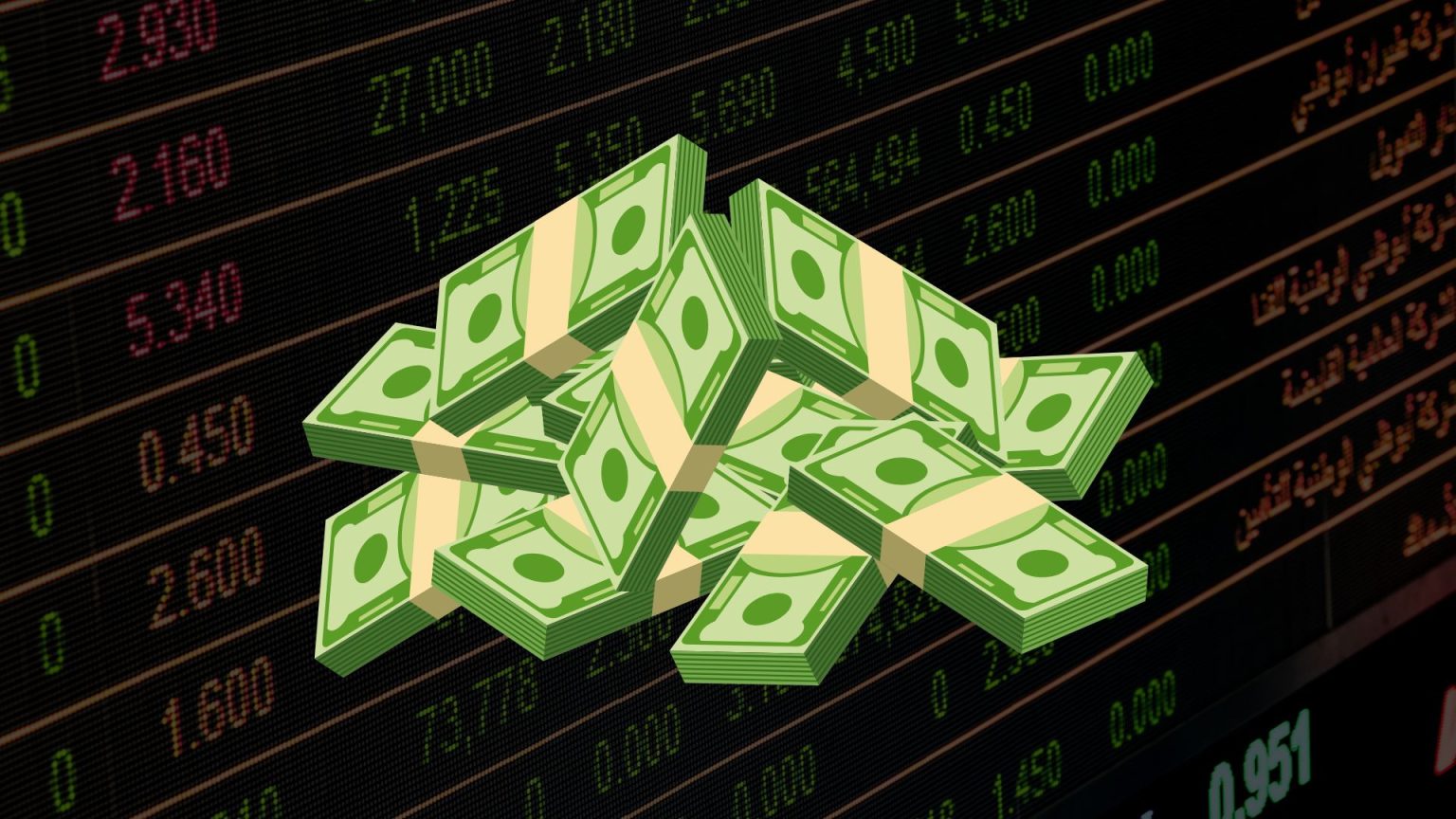In a move that could reshape both the U.S. economy and global trade, the White House has just unveiled a sweeping set of new tariffs that are already sending shockwaves through the markets.
Dubbed “Liberation Day,” this announcement includes a 10% baseline tariff on all imports, plus:
- 34% on Chinese goods
- 24% on imports from Japan
- 20% on the European Union
Set to take effect by April 9, 2025, these tariffs signal a major shift toward protectionist trade policy — and traders, investors, and consumers are already feeling the impact.
⚡ Short-Term Market Reaction
As the news broke, financial markets responded with swift volatility:
📉 Stock Market Sell-Off
The Dow Jones fell over 1,600 points, and bank stocks got hammered, with the KBW Nasdaq Bank Index dropping nearly 10%.
Investors are spooked by the risk of slower growth, higher inflation, and weakened global trade activity.
💵 Currency Fluctuations
The U.S. Dollar lost ground as traders braced for possible retaliation from foreign nations and adjusted portfolios for increased risk.
📊 Rising Inflation Expectations
Economists estimate that the effective tariff rate in the U.S. could rise to 22.5% — the highest since 1909.
That’s expected to add 2.3% to overall inflation, pushing it close to 5% by year-end and reigniting fears of stagflation.
🧨 Short-Term Economic Impact
Here’s what analysts are watching over the next 3–6 months:
🚨 1. Higher Consumer Prices
Expect everything from groceries and clothing to electronics and cars to get more expensive as import costs rise — especially from tariff-targeted countries.
🚨 2. Pressure on Consumer Spending
As prices rise and volatility grows, consumer confidence could dip, reducing discretionary spending and slowing GDP growth.
🚨 3. Global Economic Fallout
With tariffs hitting over 60 U.S. trading partners, major global economies including the UK, EU, Japan, and Asia are now at risk of entering recession in 2025.
📉 Long-Term Market Risks
These aren’t just short-term speed bumps. If these tariffs remain in place or expand further, the global economy could be facing:
🛑 Recession Risk
With rising costs and reduced international demand, analysts warn the U.S. may slide into a recession in late 2025 or early 2026 — especially if rates remain high and inflation persists.
🛑 Stagflation
The worst-case scenario? Stagflation — the toxic mix of rising prices and stagnant growth. A throwback to the 1970s, stagflation could force the Fed into a tough corner, balancing inflation against economic decline.
🛑 Trade Retaliation
Tariff wars often escalate. If other nations impose retaliatory tariffs on American exports, U.S. companies could face declining revenue, job cuts, and margin pressure.
📈 What Should Traders & Investors Do?
In uncertain macro conditions like this, the goal is not to predict perfectly — it’s to prepare wisely. Here’s what smart money is watching:
✅ 1. Diversification
Mix exposure across different asset classes (equities, commodities, crypto, cash) and regions to mitigate risk.
✅ 2. Inflation Hedges
Commodities like gold and oil, plus Treasury Inflation-Protected Securities (TIPS), can protect capital during inflationary spikes.
✅ 3. Focus on Strong Sectors
Tech, AI, energy, and infrastructure may weather the storm better than rate-sensitive or global trade-dependent sectors.
✅ 4. Short-Term Volatility = Opportunity
Increased market fear often creates prime setups for swing trades, options strategies, and momentum-based intraday trades.
🚀 Want Real-Time Market Insights and Trade Setups During Macro Chaos?
Join the EPIQ Trading Floor — your ultimate edge in uncertain markets.
Inside, you’ll get:
✅ Real-time market breakdowns for stocks, crypto, and forex
✅ Macroeconomic dashboards with sentiment, dominance, and liquidity flows
✅ Trade signals with entry, stop loss, and take profit in real-time
✅ Live strategy calls every Tuesday & Thursday
✅ An elite trading community that’s been winning with an 85%+ success rate over the last 7 months
🎯 Start your 3-day free trial now → epiqtradingfloor.com
Don’t let macro volatility catch you off guard — trade with clarity, data, and confidence.
⚠️ Disclaimer:
This blog is for informational purposes only and does not constitute financial advice. All investment decisions should be made based on your own research and risk tolerance. Trading involves risk and is not suitable for every investor.










Responses